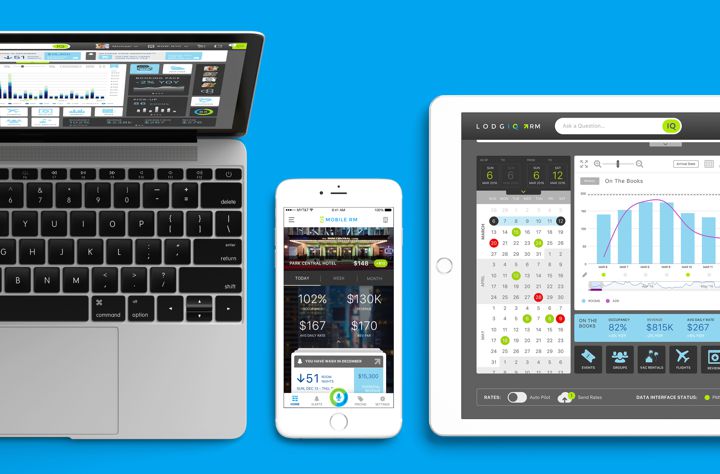The current state of revenue management systems is stationary. Maybe even a bit stale. Offering up the same data sets and relying on the very manual process of traditional revenue management to fill in the data gaps. The problem with this process is that every property is unique and buying behaviors are driven by factors that are largely under-represented in typical data sets.
Parsing hotel data into something meaningful is a monumental task. From a technology standpoint, the processing power required to source the necessary data, clean it, structure it, and make it accessible in real time is an investment that few companies want to take on. Don’t get me wrong, all revenue management systems deliver data to the end user, they simply stop short of delivering the entire data picture. You get the standard sources, data from which general assumptions could be made, and the rest of the work falls on the RM and their trusty notebook.
What we are realizing in the ever-evolving landscape of hospitality technology is that we, as an industry, are doing a bad job of making data work for us. Because the development is ridiculously complicated. Because such a project would be too expensive. Because our time would be better spent building upon the product we already have. There are a variety of excuses out there and even more money being left on the table.
The future of revenue management technologies must present a holistic view of hotel data, comparing every buying factor against the hotel’s marketplace and competitors in real time. Technology that elevates the knowledge of the Revenue Manager, conforming to their workflow, compiling data relative to the property to provide market-specific insights a human could never logically compute with perfection. The result is a pricing structure as dynamic as your property, marketplace, and guest. Maximized profits with minimal effort. To some this is a pipe dream, but for us, it’s just another reason we come to work every day.





